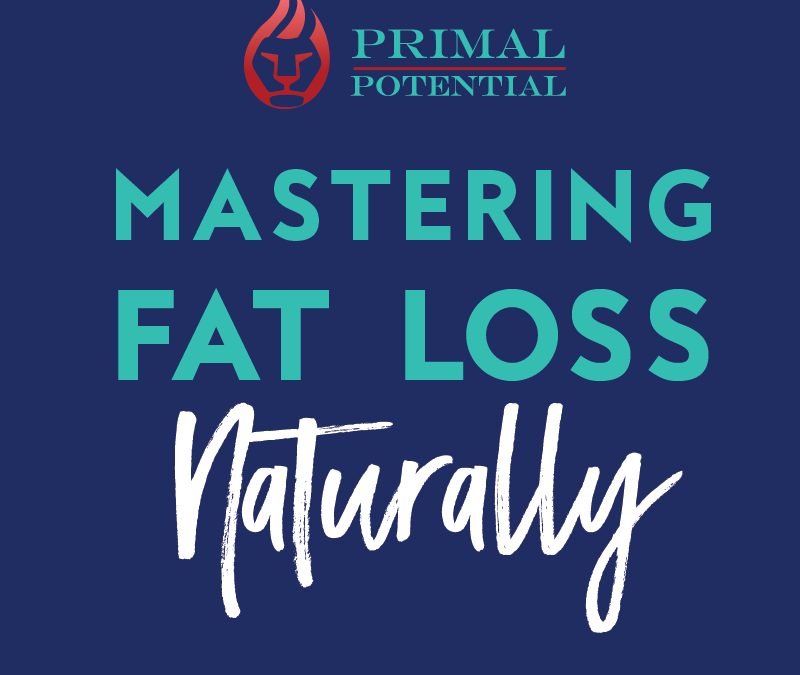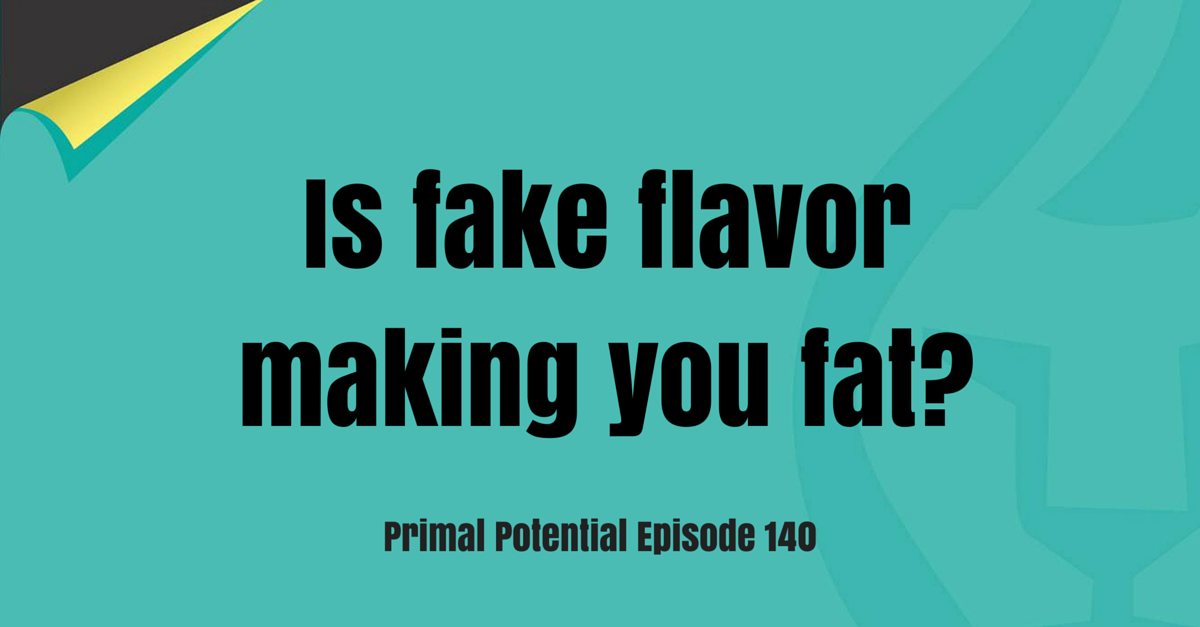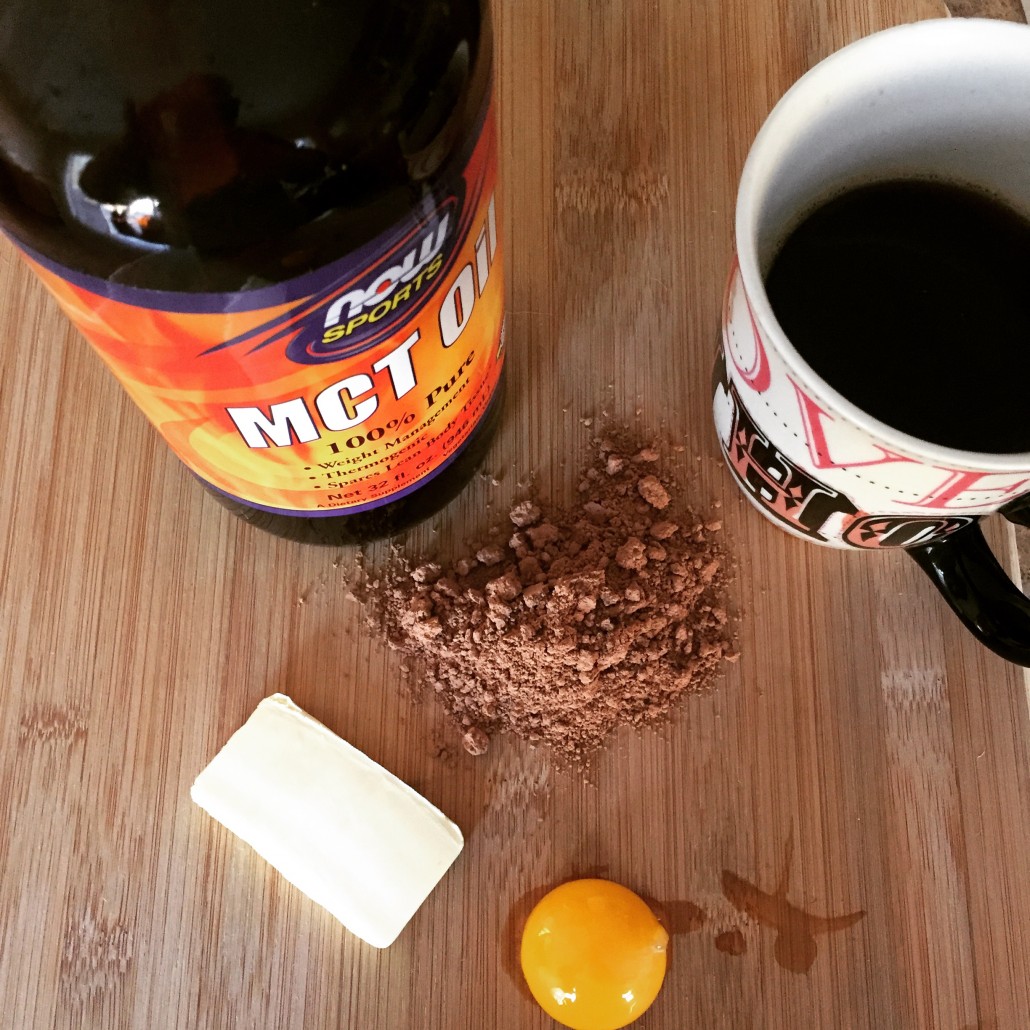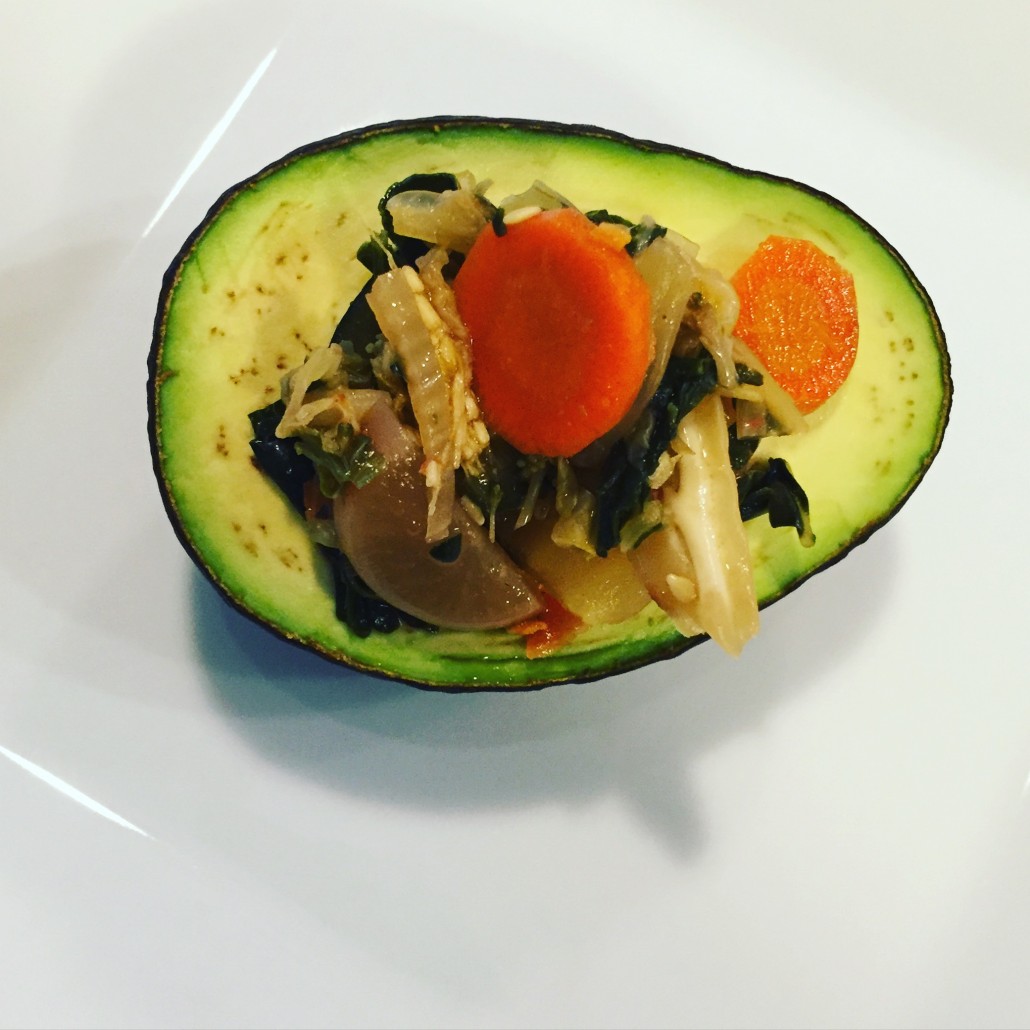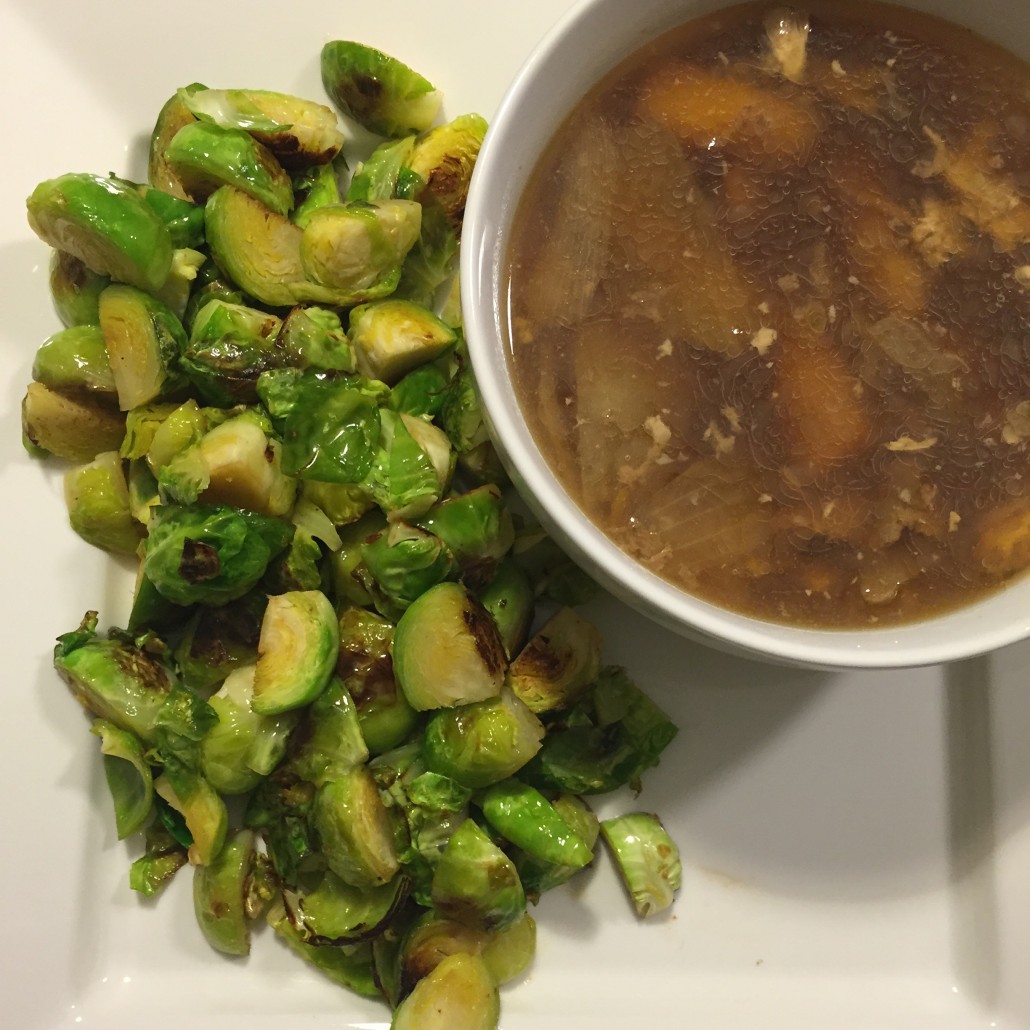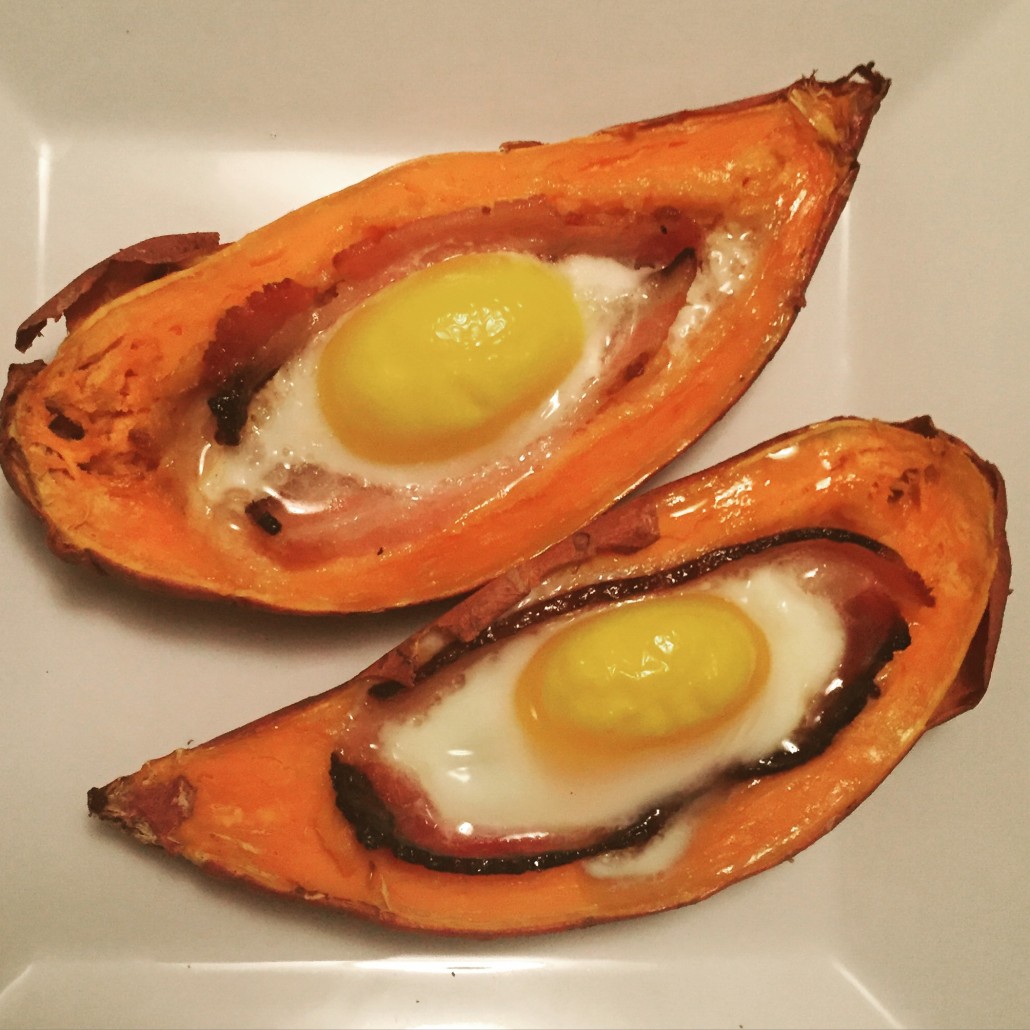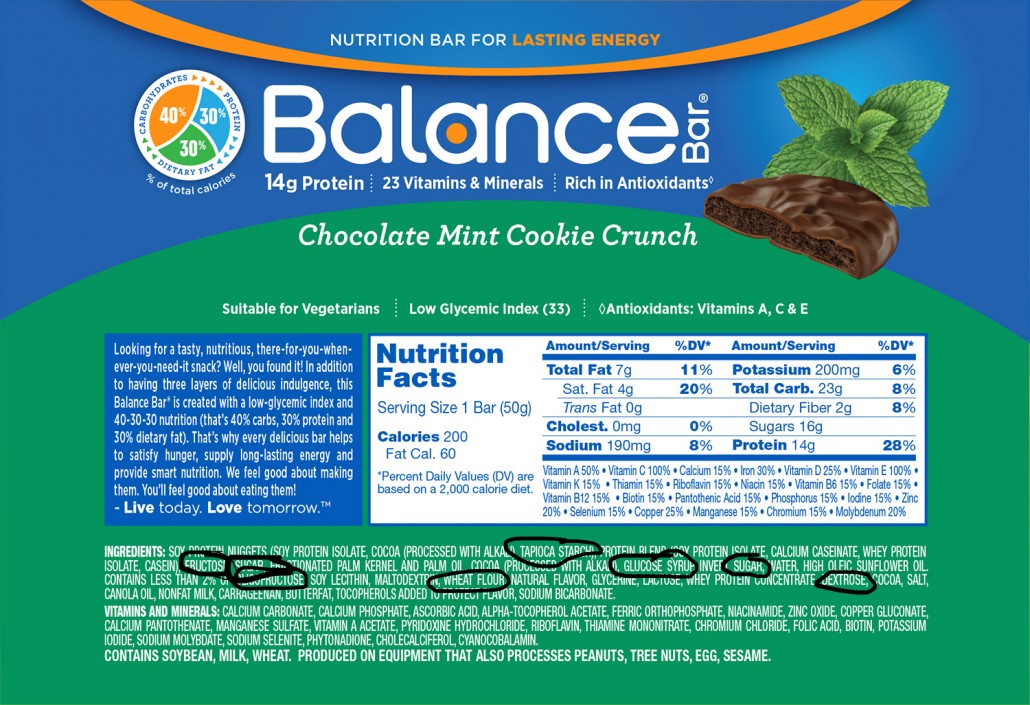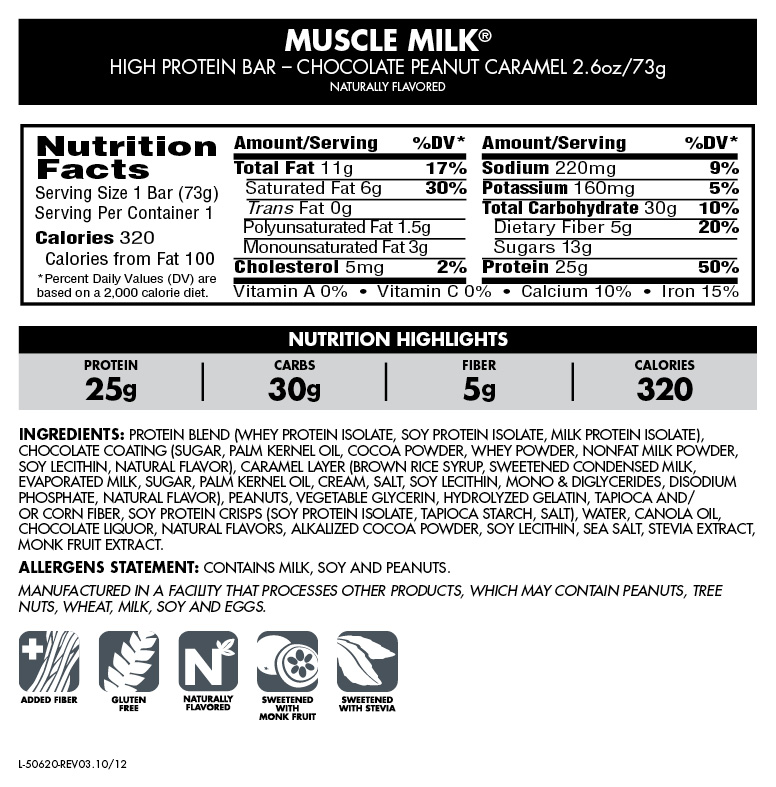8 Things You Need to Know About How Flavor Makes You Fat
This is a really important topic. You must have a deeper understanding of how flavor makes you fat. You will thank me later.
It’s important to first clear up what I mean by “flavor”. I mean added flavor that doesn’t come from the plant or animal you’re eating.
I am not talking about herbs, spices and flavor rich fruits & vegetables like ginger root.
These added flavors not only make you fat, they are designed to make you fat. Millions of dollars and years of research are put into creating the exact flavor & aroma combinations that trigger you to overeat and not feel satisfied. The goal is to keep you going back for more.
Flavor has been hijacked by the food industry & chemical companies and they’re making us crave processed foods, overeat them & turn to them to meet our emotional needs.
This is by design.
Added flavor will make you fat…
…Unless you break the chains of fake flavor.
I want to help you do that. Here are 8 things I feel you need to know about how flavor makes you fat & what to do about it.
ONE
Processed foods are designed to make you eat more.
This is a simple, common-sense truth. Food companies make money when you eat more, not less. They employ well paid scientists who spend many years on one single food item to ensure that the food item:
- Doesn’t quickly trigger feelings of fullness (if at all)
- Provides as much flavor as possible
- Is pleasurable in texture, flavor & aroma
- Stimulates the pleasure & reward region of your brain so you become hard wired to keep going back for more
It’s not that you’re weak and have no self-control. It’s that these processed foods are designed to overpower your self-control by manipulating your physiology.
TWO
Processed foods are designed to emotionally manipulate you.
When a food company takes on a new food product, they have a few critical questions they must answer:
- Who is the target customer?
- What do they want to feel, emotionally?
- What flavor profiles & textures address that emotional need state?
For example, if their target customer is a middle-aged working mother of two, they might know she wants to feel calm, loved, in control, warm & happy.
They don’t guess about this. They survey their customers. They let them try the product. They ask how it makes them feel. They keep working on the product until it targets the precise emotional need state the customer told them they are after.
They create a emotional profile for every single ingredient and flavor they use. Textures also have emotional profiles.
Once they determine the emotional need state of their target customer, they begin to comb through their ingredient, flavor & chemical libraries to find the perfect combination of flavors & aromas that satisfy the particular emotional need state.
They’ll blend together the perfect combination of textures and flavors – maybe things like sweet, cinnamon, creamy or chewy to create the exact emotional profile that customer is craving.
Every wonder why you turn to food when you’re feeling emotional?
Welcome to emotional manipulation at it’s finest.
Guys, food cannot meet your emotional needs. You might think it can, but it can’t.
(I tackle this is more detail in episode 141 of the Primal Potential podcast)
THREE
Whole foods have far less flavor than they used to.
Production methods for fruits, vegetables, meats, poultry & fish have changed.
Industrial farming operations have changed everything to maximize profit. Their priorities are:
- Rate of growth (the faster the better)
- Appearance
- Size (bigger is better)
- Pathogen resistance
- Rot prevention (pick fruits and vegetables long before they’re ripe so they survive transit & time on the grocery shelf)
What is not a consideration? Flavor.
When animals are slaughtered young, they have less flavor than those allowed to mature. Chickens used to be send to slaughter at 22+ weeks old. Most chickens are now slaughtered around 35 days old. Flavor doesn’t even begin to develop until 9 weeks.
Fruits and vegetables have been genetically engineered to grow at a dramatically accelerated rate. In this abbreviated time they cannot absorb as many vitamins & minerals from the (already nutrient depleted) soil. They cannot develop flavor.
Meat, fish, chicken, fruits & vegetables have less flavor. Plus, relative to the hyperpalatable processed foods, they hardly stand a chance.
(I go into a lot more detail on the changes to meat, chicken, fruits & vegetables in episode 140 of the Primal Potential podcast.)
FOUR
Appetite stimulants are studied and carefully added to processed foods.
Let me ask you a quick question: If you sat down and ate 4 chicken breasts, how would you feel? Super stuffed, right?
What about a sleeve of Thin Mint Girl Scout cookies? You’d probably be thinking, “Somebody take this crack away from me before I eat the whole box!”
Those two examples contain roughly the same number of calories but you have an extremely different response.
There are compounds known as “hyperpalatables”, essentially, appetite stimulants. They’re even more powerful when used in combination. They make you want to eat more.
Food companies brag about this with slogans like, “Bet you can’t have just one…” and “Once you pop you just can’t stop”.
They seek out these reactions. That’s exactly how you want to feel.
This is by design.
Whole foods do not intend to hijack your palate and annihilate your self-control.
FIVE
Whole foods naturally contain anti-feedants, components that reduce your appetite.
Whole foods have (as described in the book “The Dorito Effect“) a lower toxicity threshold. Essentially, you’ll stop eating whole foods long before you’ll stop eating processed foods.
Think about it: if you set out to eat an entire bag of oranges, you’d quickly feel uncomfortably full and you might get sick.
What if you set out to eat an entire bag of Goldfish crackers? (I’m going to declare that one entirely possible as I’ve done it myself unintentionally.)
Some whole foods contain known anti-feedants that suppress appetite and encourage you to eat less.
Bitter compounds are known to suppress appetite, so eating foods like brussels sprouts, dark chocolate (the real stuff), dandelion greens and grapefruit quite easily suppress appetite.
Other whole foods like oregano and chili peppers are proven anti-feedants.
There’s no processed food on the planet that would benefit from making you eat less.
SIX
Your palate is always evolving & you can direct the process (or not).
Think about foods you like now but once didn’t. I used to hate coffee, red wine, dark chocolate and asparagus. Now I love them.
We see this happen very quickly with children. Foods they wouldn’t take a second bite of just weeks ago they now can’t get enough of.
Even with adults it is very common to develop new tastes as you get older.
Your palate will evolve. It’s changing every day. You can direct the process or you can hand it over to be manipulated by food & chemical companies.
Your palate evolves, in large part, based on the things to which you expose it.
Try new things. Taste new flavors. Prepare foods you don’t like in new ways.
What you eat most you want most.
I see this with my clients & I’ve seen it in my own life. I used to genuinely crave & desire Hostess cupcakes, ice cream and Cheez-Its. My palate has changed. It changed quickly. I don’t eat clean out of sheer willpower.
I eat clean out of desire. Because I took control of re-training my own palate instead of letting it be hijacked by processed foods and chemical creations.
SEVEN
Natural flavors aren’t so natural.
In the United States, food & chemical companies are not required to disclose what makes up “natural flavors” or “artificial flavors”. They can vaguely list them as such.
Food scientists are very clear about the fact that more often than not, artificial flavors and natural flavors are exactly the same chemical compounds, though they may be created in a different way – though maybe not.
Even more disturbing – a product that claims to be vegetarian, vegan or gluten free but contains “natural flavors” may derive those flavors from animal or non-kosher sources. That is perfectly legal in this country.
EIGHT
You can love food more & eat less of it.
I have put together a free 14-day flavor challenge to help you love food more.
See, when I was over 300 lbs I thought I just loved food too much. I was wrong. I had no taste. I ate garbage.
I now love food more than ever & I seek out real, intense, incredible flavor.
My enjoyment of food is exponentially higher than it ever was.
I’ve embraced my inner food snob.
Krispy Kreme donuts, Cheez-Its, Hostess cupcakes & Swedish fish no longer appeal to me.
To me, indulgences are velvety dark chocolate, pasture-raised pork cut into melt-in-your-mouth slices of the highest quality bacon or a buttery filet of sea bass.
We tend to lose sight of the fact that pleasure diminishes as quantity increases. When you’re elbow deep into the jar of animal crackers, do you really taste anything after the second handful or are you just on auto-pilot?
When we choose quality foods, the desire is satisfied on far less food. It’s so amazingly good that we are satisfied with just a little bit.
We appreciate & savor every bite. We’re fully conscious of the experience.
When the serving is small & the quality is high, the entire experience stays at the place of maximum enjoyment.
That’s what I want to help you create.
That’s why I’ve put together this totally free 14 day flavor challenge to help you break the chains of fake flavor & fall in love with real, flavorful food.
Over 14 days I’ll share recipes, meal ideas & critical information you need to understand how fake flavor manipulates your palate, your wallet & your emotions.
You’ll eliminate cravings. You’ll enjoy food more & you’ll probably lose some weight along the way!
